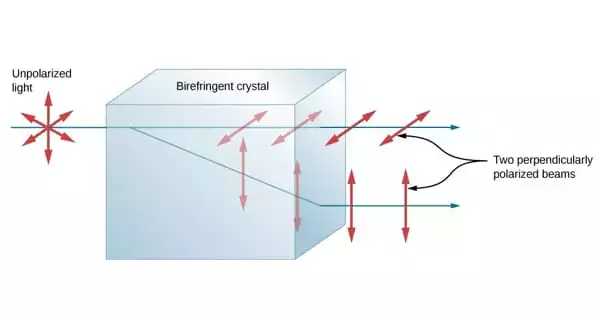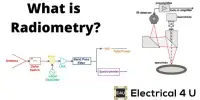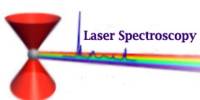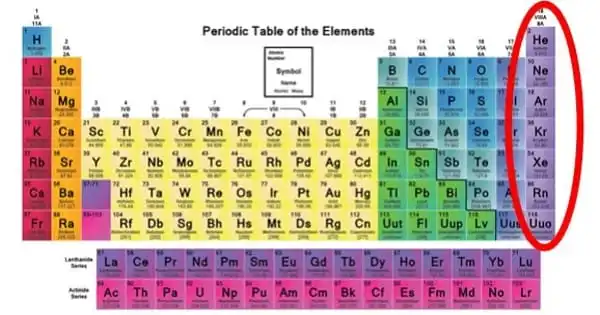Unpolarized light can be converted to polarized light. Polarized light waves are light waves with vibrations that occur in a single plane. Polarization is the process of converting unpolarized light into polarized light.
According to materials scientists at Tokyo Tech, the quantum behavior of atomic vibrations excited in a crystal using light pulses is heavily influenced by the polarization of the pulses. Their latest findings provide a new control parameter for manipulating coherently excited vibrations in solid materials at the quantum level.
Solids may appear perfectly still to the naked eye, but their constituent atoms and molecules are anything but. They rotate and vibrate, defining the system’s “rotational” and “vibrational” energy states, respectively. Because these atoms and molecules follow quantum physics rules, their rotation and vibration are discretized, with a discrete “quantum” imagining the smallest unit of such motion. For example, the quantum of atomic vibration is a particle known as a “phonon.”
The quantum behavior of atomic vibrations excited in a crystal using light pulses has much to do with the polarization of the pulses. The findings offer a new control parameter for the manipulation of coherently excited vibrations in solid materials at the quantum level.
By shining light on a solid, atomic vibration and thus phonons can be generated. A common method is to excite and manipulate phonons using “ultrashort” light pulses (pulses lasting tens to hundreds of femtoseconds), a technique known as “coherent control.” While phonons are typically controlled by varying the relative phase of successive optical pulses, studies have revealed that light polarization can also influence the behavior of these “optical phonons.”
Sunlight, as well as almost every other type of natural and artificial illumination, generates light waves with electric field vectors that vibrate in all planes perpendicular to the direction of propagation. If the electric field vectors are restricted to a single plane by filtration of the beam with specialized materials, the light is referred to as plane or linearly polarized with respect to the propagation direction, and all waves vibrating in a single plane are referred to as plane parallel or plane-polarized.

Dr. Kazutaka Nakamura’s team at Tokyo Institute of Technology (Tokyo Tech) investigated the coherent control of longitudinal optical (LO) phonons (phonons corresponding to longitudinal vibrations excited by light) on the surface of a GaAs (gallium arsenide) single crystal and observed “quantum interference” for both electrons and phonons for parallel polarization but only phonon interference for mutually perpendicular polarization.
“We created a quantum mechanical model with classical light fields for coherent control of the LO phonon amplitude and applied it to GaAs and diamond crystals. However, we did not thoroughly investigate the effects of polarization correlation between the light pulses “says Dr. Nakamura, Associate Professor at Tokyo Tech.
As a result, his team focused on this aspect in a new study published in Physical Review B. They used a simplified band model and “Raman scattering,” the phenomenon underlying phonon generation, to model the generation of LO phonons in GaAs with two relative phase-locked pulses, and calculated the phonon amplitudes for different polarization conditions.
Their model correctly predicted electron and phonon interference for parallel-polarized pulses, with no dependence on crystal orientation or the intensity ratio for allowed and forbidden Raman scattering. The model only predicted phonon interference at an angle of 45° from the [100] crystal direction for perpendicularly polarized pulses. When one of the pulses was directed along [100], however, electron interference was stimulated by Raman scattering.
With such insights, the team anticipates improved coherent control of optical phonons in crystals. “Our findings show that polarization plays a significant role in the excitation and detection of coherent phonons, which is especially important for materials with asymmetric interaction modes, such as bismuth, which has more than two optical phonon modes and electronic states. As a result, our findings can be applied to other materials “Nakamura adds his thoughts.
Indeed, light has a way of enthralling both materials and material scientists!
















